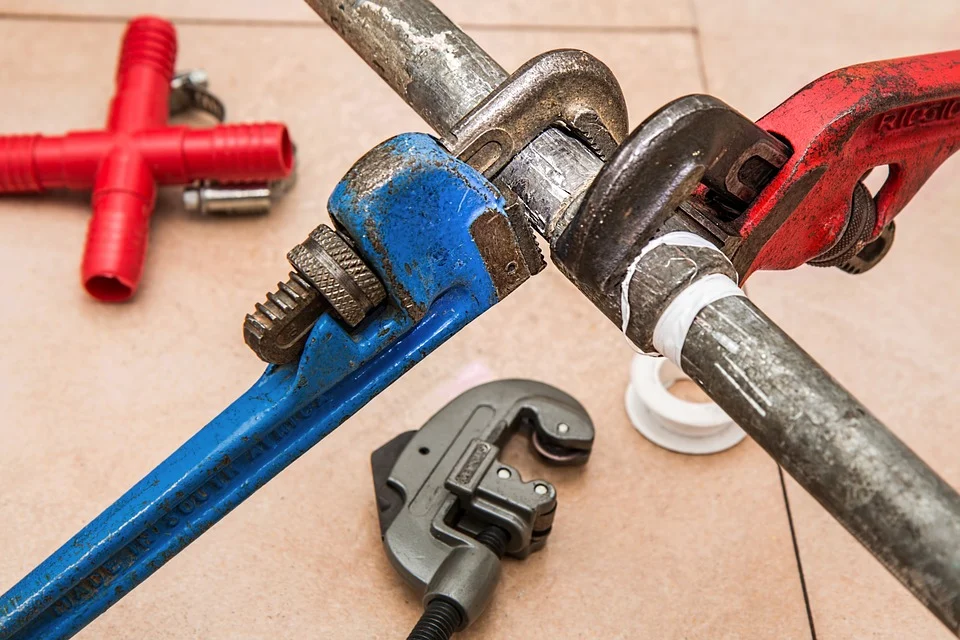Even though moving into a new house or apartment can be difficult, you’ll know whether this is the right place for you if you perform several checks. It doesn’t take a whiz at plumbing to see a few key signs and know if the house is ready to move in or needs some work. To learn more about what is important to understand when trying to understand the basics of plumbing, I turned to OneStop Plumbers. Here’s what I learned:
Know Your Valves
You simply never know when you might need to shut everything down if something breaks. One of the first things you look for when moving into a new house is the main water valve. In most homes, they’re positioned outside, and usually, apartments don’t provide direct access, and you have to look for them in the building. Whenever you decide to perform occasional maintenance, you will also need to know where the sewer access points are.
Think Twice Before You Flush
You can dispose of a lot of nasty objects by simply throwing them in the toilet and moving on. If you do so, you are likely to cause more harm than good since a toilet only works with a limited number of different objects, and if you decide to discard whatever, you might end up with frequent clogs. The safest route is to flush only toilet paper and strictly avoid cotton wool, wet wipes, organic waste, butts, or anything unconventional that comes to mind.
Garbage Is Not For Kitchen Sink
It’s important to always keep in mind that your kitchen sink will not be able to swallow everything you decide to throw at it, regardless of whether you’re doing dishes or having a habit of throwing stuff in the sink rather than the trash can. Never put coffee grounds, grease, peels from fruit or vegetables down the drain as they will clog up. It’s worth noting that it’s impossible to make the sink 100% clog-free, but you can, at least, put more effort to ensure it serves you well.
Don’t Ignore Leaks
They are annoying, but ignoring them is expensive. Turning your back on them is not a good strategy. Evidently, there is some problem that needs to be fixed by a professional. It is estimated that a leaking sink could waste as much as 10 gallons of water per day, which is essentially flushing money down the toilet. You can spot big water stains on walls which is a telltale sign that there’s water flowing somewhere it’s not supposed to. These slow but steady leaks create a humid area where mold thrives. Sometimes you can detect leaks by following the smell of mold.
Buy Plumber’s Tape
Using Teflon tape to connect joints can reduce leakage. In order to ensure that your joints function as intended, you shouldn’t apply a lot of pressure to ensure their function as intended, so this is where the tape comes in handy. Using three times around the threads should do the trick.
Always Check For Leaks
When you think everything is fine, water finds a way to work its way through even the tiniest of openings to cause trouble later on. Leaks sometimes need more time to show. This is why it is important to perform a thorough inspection after a job is complete to avoid leaks, even after you’ve had a plumber over. Water dripping after you’ve closed the main valve can suggest that the issue is still not resolved, or that there’s more to it.

